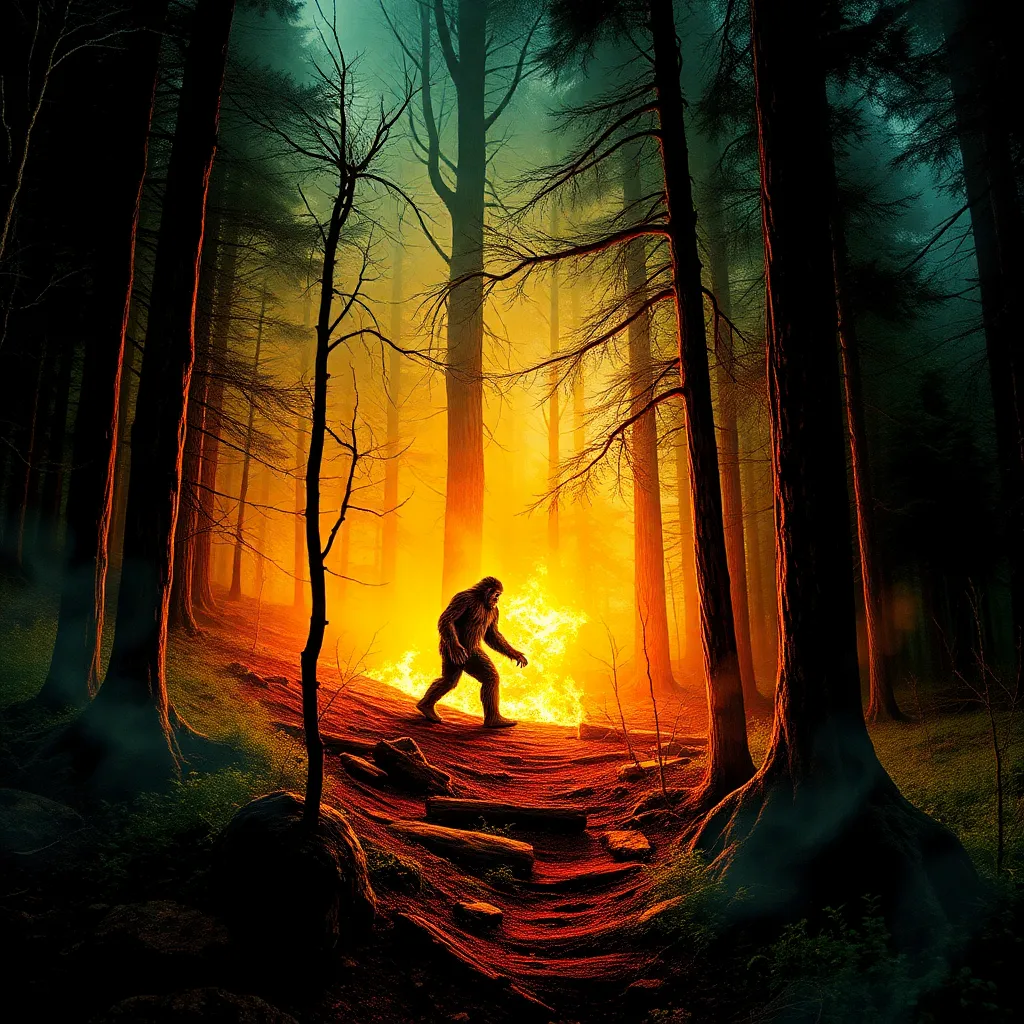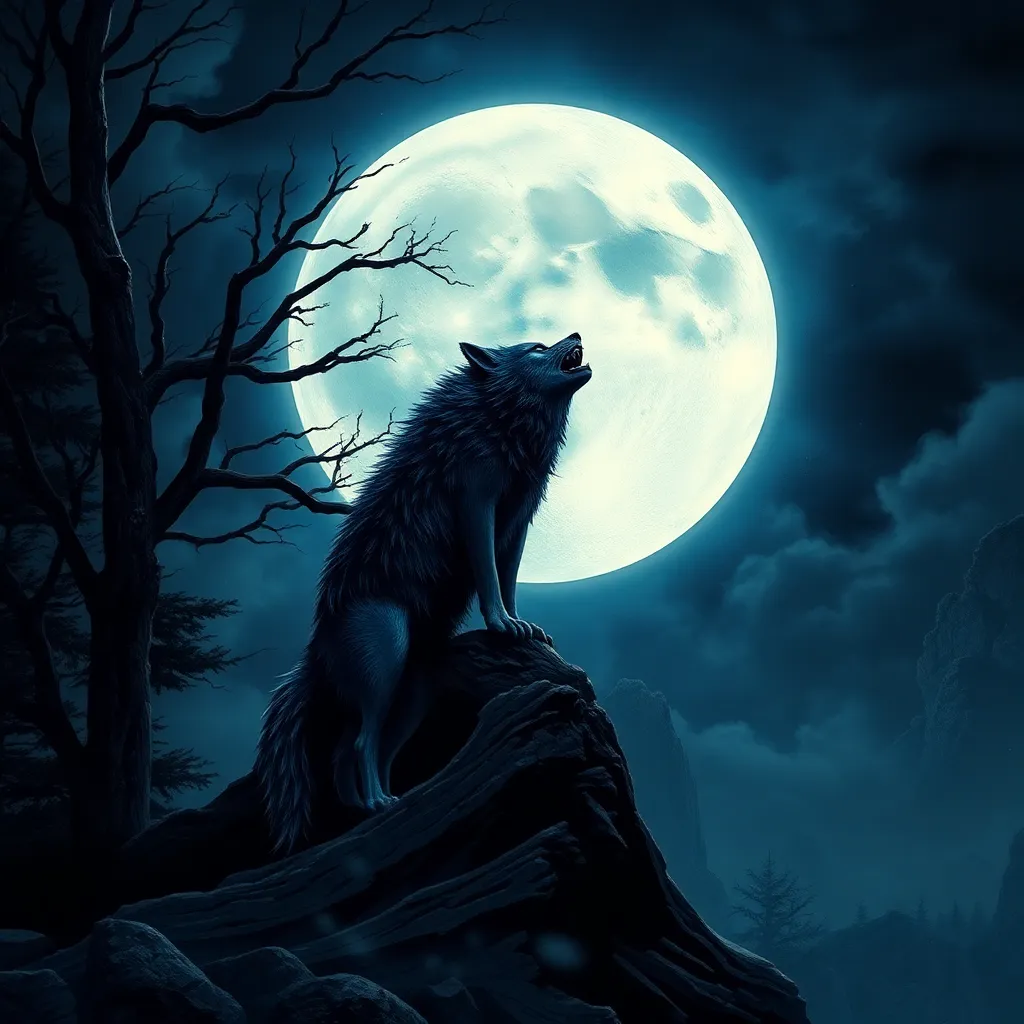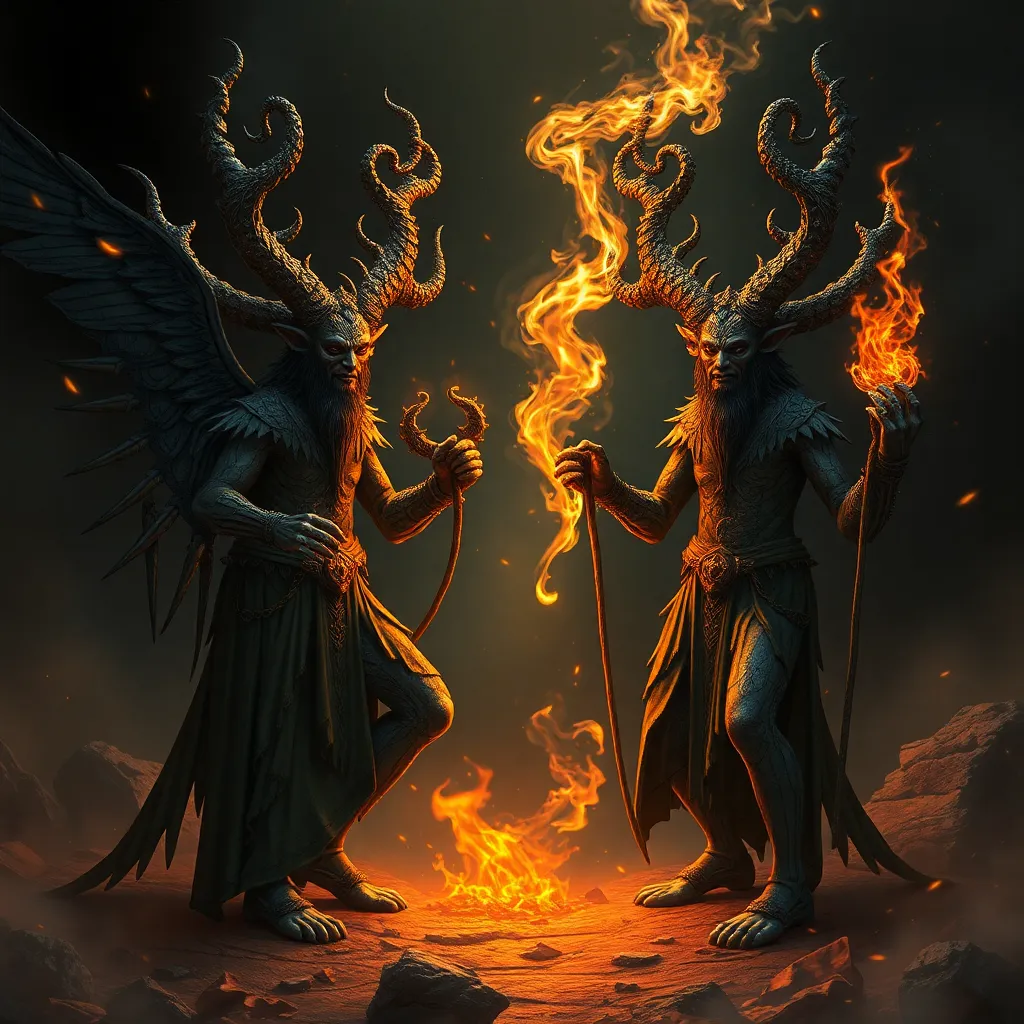The Giant Ymir: The First Being in Norse Cosmology
I. Introduction
Norse mythology, a rich tapestry of tales and deities, holds a significant place in the cultural heritage of the Scandinavian region. It is not merely a collection of stories; it is a reflection of the beliefs, values, and understanding of the world held by the Norse people. Central to these myths is the figure of Ymir, a primordial giant who plays a crucial role in the creation narrative of the cosmos.
This article aims to delve into the origins, attributes, legacy, and comparative significance of Ymir within the context of Norse mythology. Through this exploration, we will uncover the layers of meaning associated with this colossal figure and his fundamental role in the cosmic order.
II. The Origins of Ymir
In Norse cosmology, creation myths are foundational narratives that explain the origins of the universe and its inhabitants. Ymir’s emergence is central to these myths, as he represents the chaotic beginnings of existence.
Ymir arose from Ginnungagap, the primordial void that existed before creation. This vast emptiness was a place of potential, where the elemental forces of ice and fire coalesced. As the icy rivers of Niflheim met the heat of Muspelheim, Ymir was born from the melting ice. This duality of ice and fire symbolizes the balance of chaos and order in creation.
III. Ymir’s Characteristics and Attributes
Ymir is described as a giant of immense size, embodying raw, primordial power. His physical form is often depicted as grotesque, reflecting the untamed nature of his existence. He is sometimes referred to as the frost giant, a representation of the cold, chaotic forces of nature.
The symbolism of Ymir as a giant extends beyond mere physicality; he represents chaos, the untamed wilderness that existed before the establishment of order. In this sense, Ymir is a necessary counterpart to the gods who will later impose structure upon the cosmos.
IV. The Progeny of Ymir
From Ymir’s body, the first beings of the cosmos emerged. According to the myths, as Ymir slept, he sweated, and from his armpits came the first man and woman. Additionally, his feet produced a six-headed giant, further emphasizing the chaotic and generative aspects of his nature.
The offspring of Ymir, known as the Frost Giants, play a significant role in Norse mythology. They are often depicted as antagonists to the gods, representing the chaotic forces that oppose order and civilization. The Frost Giants, led by figures like Thrym and Skrymir, embody the primal and often destructive aspects of nature.
V. The Death of Ymir
The narrative of Ymir takes a dramatic turn with his demise. The gods, led by Odin and his brothers Vili and Vé, recognized that Ymir’s existence posed a threat to their plans for creating a stable world. In an epic confrontation, they killed Ymir, and his blood flooded the land, drowning many of the Frost Giants.
The significance of Ymir’s death cannot be overstated. His body was transformed into the very elements of the world: his flesh became the earth, his bones the mountains, his blood the oceans, and his skull the sky. This transformation signifies the transition from chaos to order, as the gods reshape the remnants of Ymir into a habitable cosmos for the living.
VI. Ymir’s Legacy in Norse Cosmology
Ymir’s death was not merely an end; it was a pivotal moment that allowed for the creation of Midgard, the world inhabited by humanity. His legacy is one of sacrifice; from his chaotic existence comes the ordered world that follows. Ymir serves as a reminder of the balance between chaos and order that is necessary for creation.
In later tales, Ymir’s story resonates as a symbol of transformation and renewal. His body, once a chaotic being, becomes the foundation of life itself, highlighting the interconnectedness of destruction and creation in mythology.
VII. Comparative Analysis
When examining Ymir, parallels can be drawn to other creation figures in world mythologies. For instance:
- In Mesopotamian mythology, Tiamat represents chaos and is defeated by Marduk, whose actions lead to the creation of the world.
- In Hindu mythology, the cosmic ocean of chaos (Kshira Sagar) is churned to create the universe and its deities.
These narratives share common themes of chaos versus order, where primordial beings embody the chaotic forces that must be overcome or transformed to allow for the creation of the world. Such universal themes highlight humanity’s attempt to understand the origins of existence.
VIII. Conclusion
Ymir’s significance in Norse cosmology is profound. As the first being, he embodies the chaotic beginnings of the universe, ultimately leading to the creation of a structured world. His legacy as a symbol of sacrifice and transformation continues to resonate in modern culture, reminding us of the ancient myths that shape our understanding of existence.
In reflecting on Ymir, we recognize the importance of ancient myths in providing insight into human nature, the cosmos, and the eternal struggle between chaos and order. Understanding these narratives enriches our appreciation of cultural heritage and the timeless stories that connect us across generations.



